- Home >
- Destinations >
- Tanzania >
Call: 020 7843 3500 Enquire Now Enquire Now
Call: 020 7843 3500 Enquire Now Enquire Now
Tanzania's iconic Serengeti National Park covers nearly 6,000 square miles of Northern Tanzania up to the border with Kenya's Masai Mara. The topography of the park is generally flat, characterised by huge open grassland plains where the herds of wildebeest graze during the annual Great Migration. The Migration is what draws most visitors on Serengeti National Park holidays and offers the chance to see herds of hundreds of thousands of wildebeest grazing and moving through the park as they search for fresh grasses. The fact that this is an annual cycle means that holidays to the Serengeti can be almost year-round, and we can recommend the best camps to see the migration from depending on the time of year that you are visiting.
Being a natural phenomenon, the pattern of the Great Migration and where the herds will be at a particular time of year is difficult to predict but, broadly speaking, they move along the following lines. January to March they are in the Southern part of the Serengeti before moving North through April and May, although as this is the long rainy season many camps are closed. June and July sees many of the herds split up, with some heading through Seronera region of the Central Serengeti and others heading up through the Western Corridor and Grumeti Reserves. August and September tend to be the most popular months to see the migration in the Northern Serengeti (and also Kenya's Masai Mara) and this is when the iconic river crossings can be seen. October and November see the herds move through the Eastern part of the reserve before heading back towards the Southern area for December when the cycle starts all over again. Naturally, this is driven by the rains and availability of fresh grasses for the herds, but it is a good overview of where they will be at a given time and should help with the planning of Serengeti holidays.
read more...
The Great Migration is naturally the main highlight of any Serengeti holiday- the location of the herds varies depending on the time of year so please speak to us about when you are planning to go and we can suggest the best camps for you. Ballooning over the Serengeti is a truly magical experience and one we would recommend for all visitors. The early start means you can watch the sun rise over the plains and spot animals from the air before returning to terra firma for a delicious Champagne breakfast. The park offers superb year round game viewing, even at times when the migration isn't around, so do consider it out of migration season - the big cat sightings are especially good. Spend a few nights in one of the mobile tented camps that follow the migration route for a true wilderness experience and unforgettable Serengeti holiday.
Holidays to the Serengeti are possible during most months of the year. The early part of the year is generally wet but in June and July the rains break and the plains become a spectacular carpet of green, bringing all manner of wildlife and birdlife out to enjoy the lush grasses. This is an excellent time for predator sightings as well, and the Migration is moving through the Central and Western sectors of the park. August and September are regarded as the peak time for Serengeti National Park safaris as the herds congregate in the North of the park, crossing over into the Masai Mara and back. This is the best time of year to see the iconic river crossings. Warm days and cool nights are common and it tends to be very dry at this time of year. October to December is another good time of year for a Serengeti safari holiday although there can be some rains in November - however this does make safaris after the rains very good.
Singita Grumeti Reserves offers the chance to enjoy horseback safaris on their private concession, a wonderfully different way to enjoy your game viewing and see the Serengeti. For close up cheetah sightings head for a stay at Namiri Plains - this exclusive area has been closed to visitors for 20 years, recently re-opening as one of Africa's premier locations for cheetah sightings. Although they can mean long days, driving safaris (with your own private guide) offer a chance to see the wonderfully varied landscapes of the Serengeti.
Don’t be afraid to travel at the end of the rains in June - this is a fantastic time of year to enjoy the Serengeti, especially in the central region around the Moru Kopjes. Try a stay at Lemala Ewanjan Camp, a beautiful place to stay offering one of the best sundowner spots in Africa. Mwiba Lodge is located in a private concession and is an ideal getaway for watching the wildebeest calving period from November to May
Wherever you’re planning to visit for your Serengeti safari holiday, Africa Travel will make sure you stay in comfortable and luxurious accommodation that is tailored to your requirements. Our dedicated staff listen to each of your needs and preferences before recommending the best Serengeti safari lodges for you, which are always based on their own personal experiences.
Accommodation in the Serengeti is varied, comprising of permanent lodges such as Lemala Kuria Hills and Singita Sasakwa, which offer the very best in luxury accommodation. By their nature, the permanent lodges are best visited when the migration is in that specific area, however, if you visit out of season then there is an excellent resident game around such lodges and you do benefit from the areas being much quieter. There are also a number of fixed tented camps, which give a really authentic safari experience without compromising on comfort. Good examples of these would be Serengeti Pioneer Camp or Serengeti Kusini. These camps are very popular with visitors who want an authentic tented safari experience, but without compromising on the excellent food, great service and luxuries that have become associated with modern safaris. There are also a number of semi-permanent "mobile" camps which move 2 or 3 times a year to follow the migration. These are tented camps, but again, there is no compromise on luxury and they offer an excellent chance of seeing the migration no matter what time of year you visit them. Camps such as Olakira and Kimondo are great examples of these mobile camps and very popular with our clients.
With over 30 years’ experience in creating dream trips to Africa, there is no one more qualified to organise your Serengeti holidays than Africa Travel. We have a wealth of specialist resources to help you book your luxury Serengeti safari and as all of our staff have travelled the continent themselves you can trust that our personal recommendations will deliver the holiday you have always dreamed of. We even have staff living in Africa to ensure your trip runs as smoothly as possible. Our years of knowledge mean that we can give personalised recommendations for your trip, including the best time of year to go on safari, the best safari camps or lodges to stay at, and the best African safari guides, experts and tour guides to assist you.
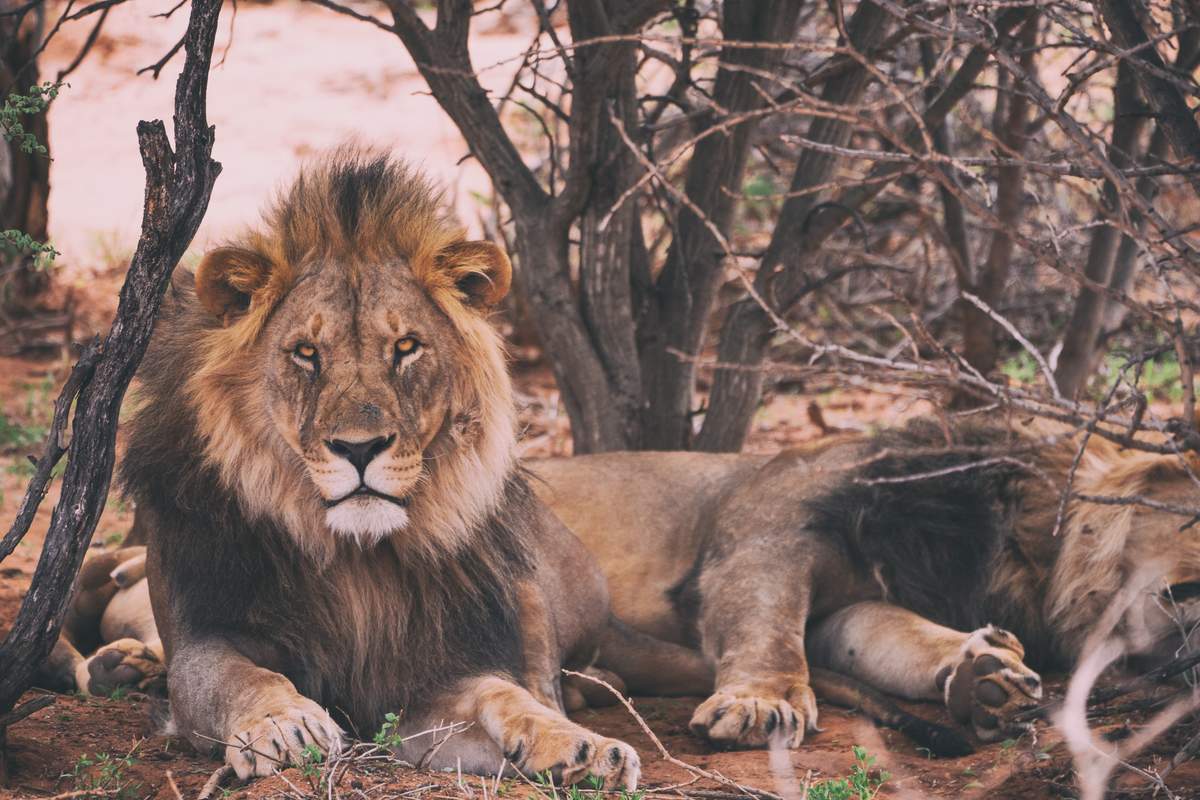 Lions spend 16-20 hours of the day sleeping or resting
Lions spend 16-20 hours of the day sleeping or resting
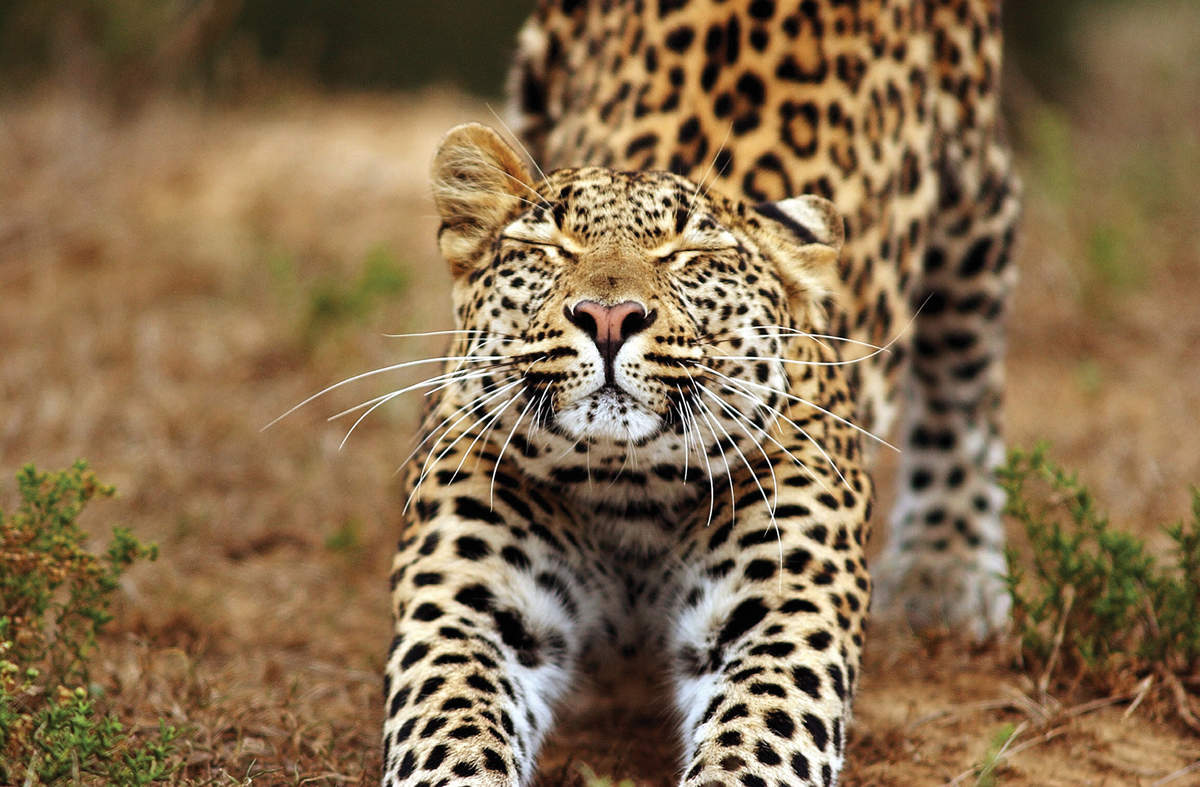 Leopards can see seven times better in the dark than humans
Leopards can see seven times better in the dark than humans
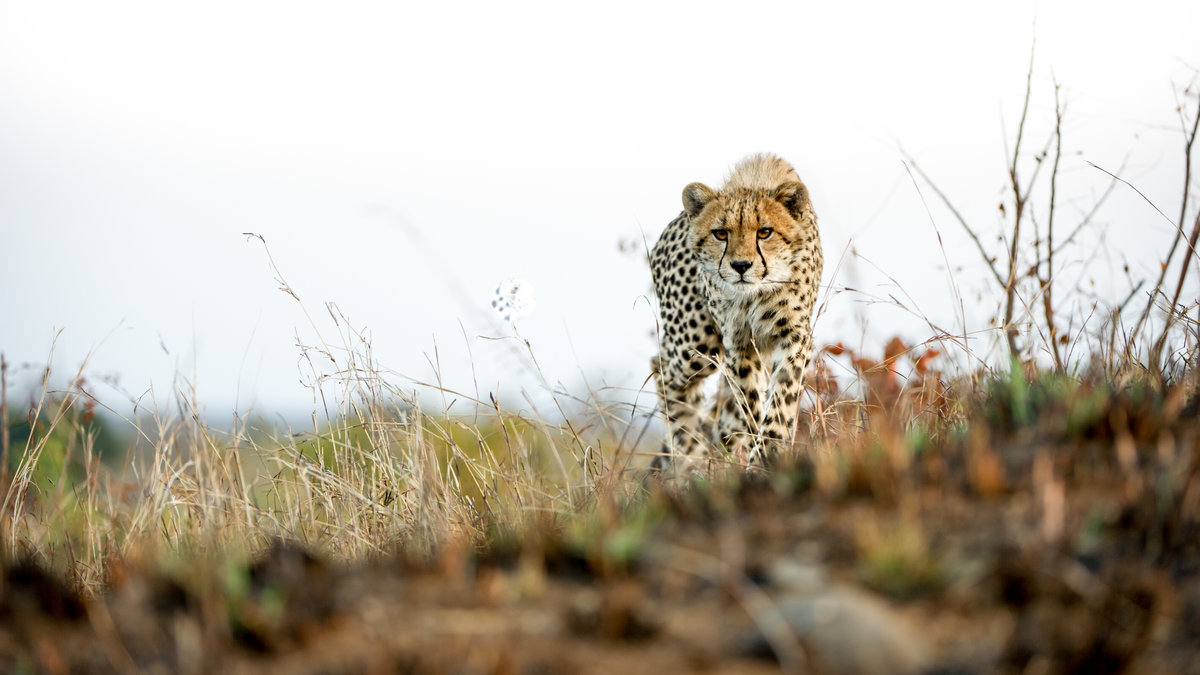 The fastest land animal in the world, a cheetah can reach 70 miles per hour in 3 seconds
The fastest land animal in the world, a cheetah can reach 70 miles per hour in 3 seconds
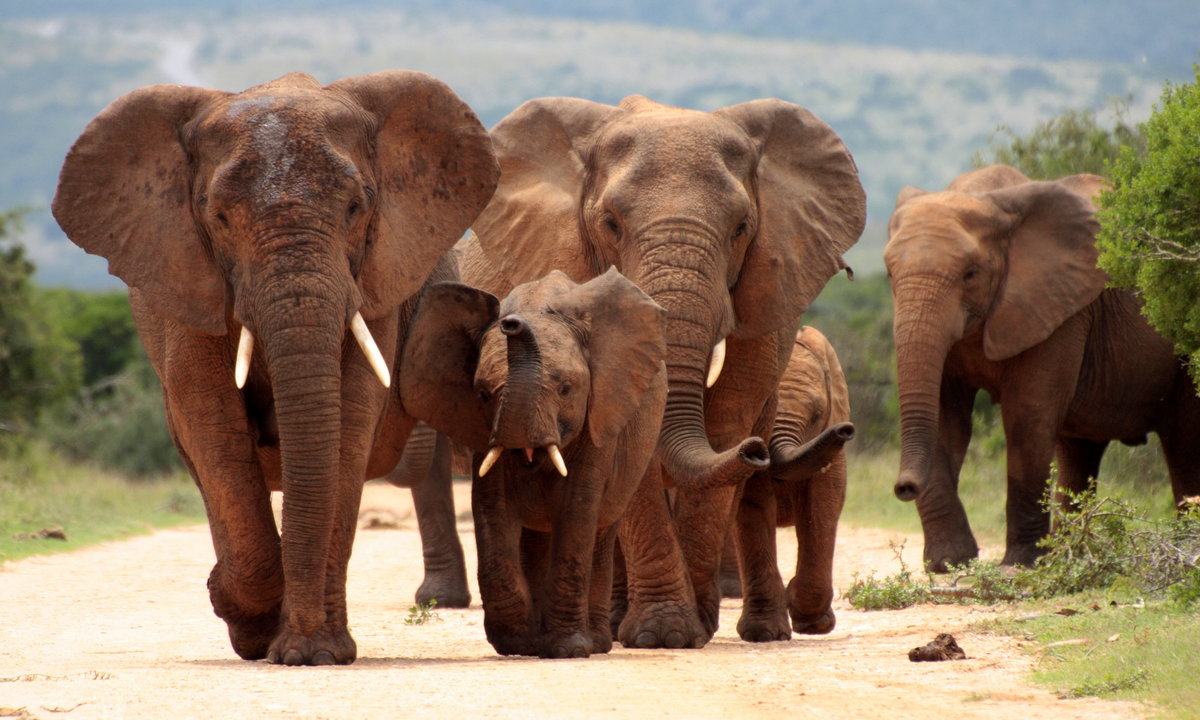.jpg?ni=%2Fimages%2Fno-image.png) African elephants can currently be found in 37 African countries
African elephants can currently be found in 37 African countries
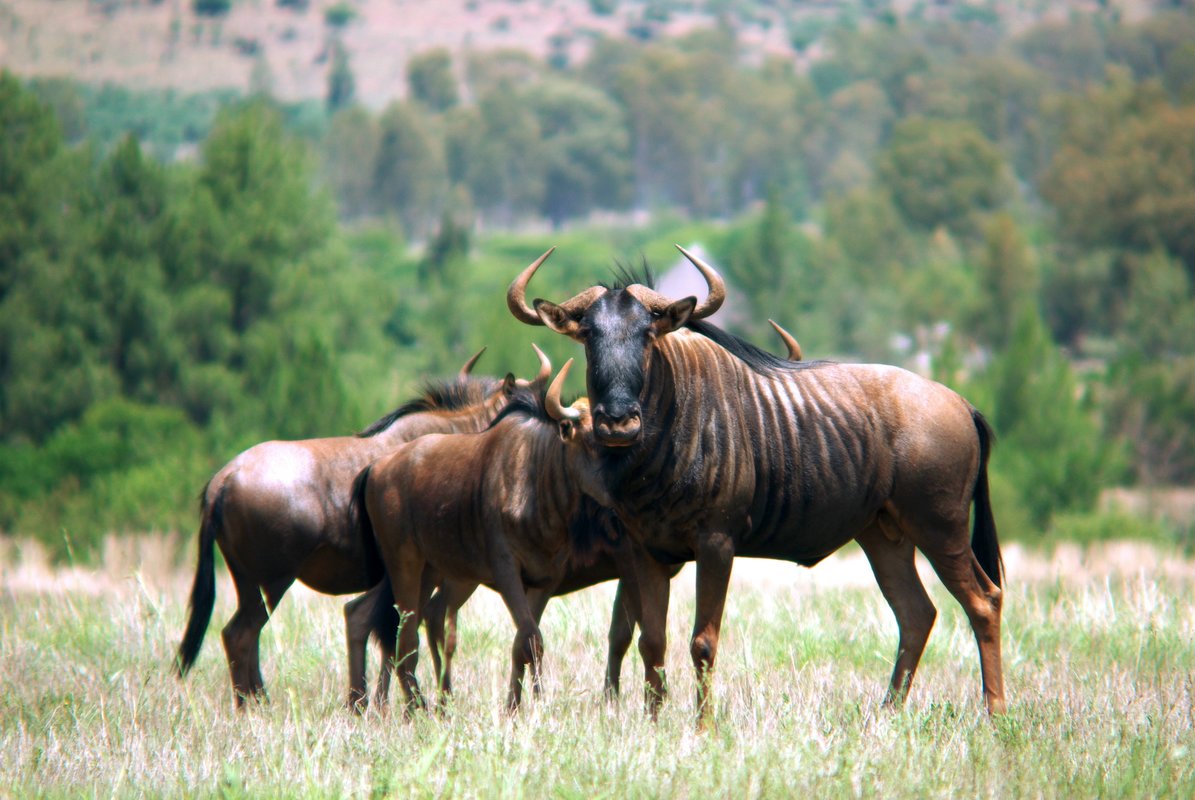.jpg?ni=%2Fimages%2Fno-image.png) The wildebeest weighs between 300 and 600 pounds
The wildebeest weighs between 300 and 600 pounds
 The pattern of a zebra's stripes are unique to each individual zebra
The pattern of a zebra's stripes are unique to each individual zebra
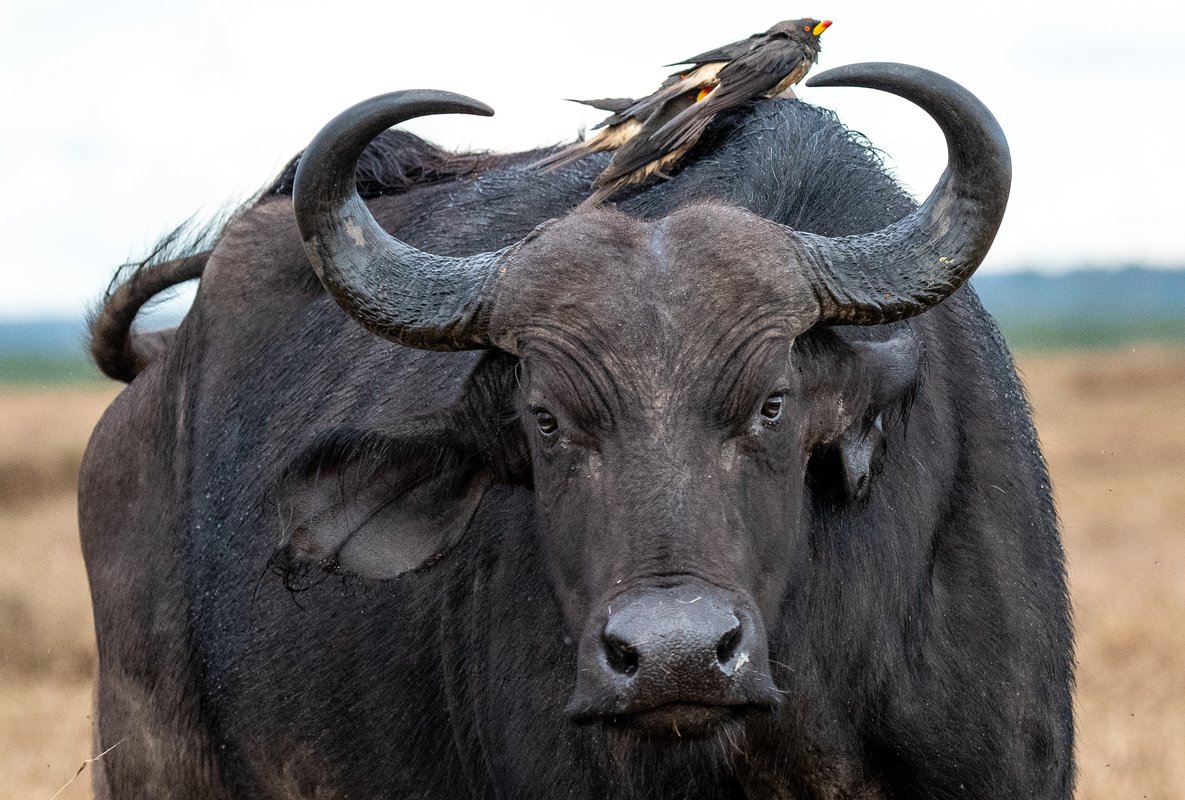.jpg?ni=%2Fimages%2Fno-image.png) African Buffalos have a symbiotic relationship with many African birds such as the Oxpecker
African Buffalos have a symbiotic relationship with many African birds such as the Oxpecker
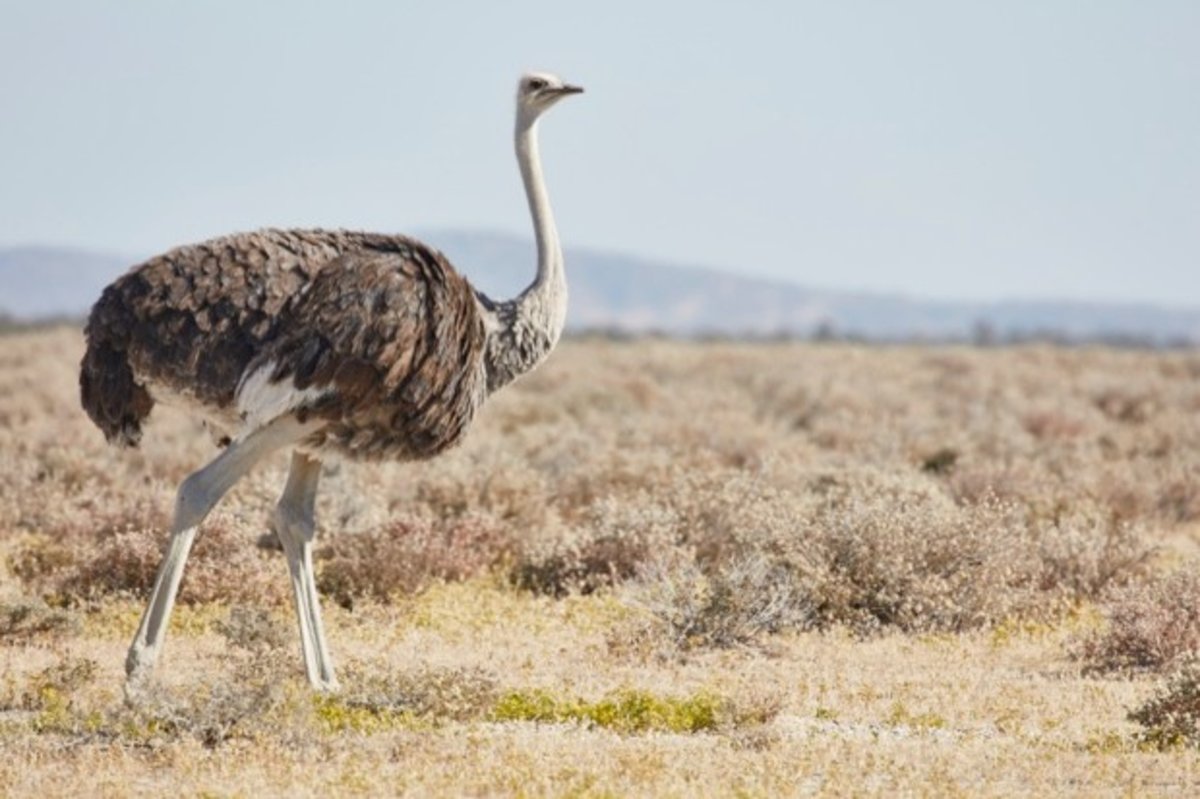.jpg?ni=%2Fimages%2Fno-image.png) Ostriches can sprint at over 70 km/hr
Ostriches can sprint at over 70 km/hr
Africa Travel's Chris Wain has once again been named one of the world's top travel specialists by Conde Nast Traveler.
Read moreDiscover essential safety tips, travel advice, and must-visit spots for an unforgettable solo adventure.
Read moreFind out from our experts how to choose the best safari lodge for your trip.
Read moreDiscover the best places to go in Africa during the USA holiday season.
Read moreFind out from our experts how to choose the best safari lodge for your trip.
Read moreDiscover the best family-friendly beaches in Africa.
Read moreDiscover how to plan a seamless multi-generational trip to Africa.
Read moreOur senior travel consultant Felicity tells us about her recent trip to Tanzania.
Read moreNamibia is one of our favourite places to visit in Africa. It's vast, it's interesting and there's really nowhere else on earth like it. Read our blog and find out why you should travel there for your next holiday.
Read moreSerengeti has the greatest concentration of plains game in Africa.
Africa Travel is the UK's premier specialist dealing with travel to Africa, but we aren't just a website or a call centre, we are a boutique, owner-run company with personal connections to many of the owners of the properties we feature.
Our long-standing and leading position in the travel industry allows us to negotiate the very best hotel rates & airfares, and to offer a best-price guarantee on any like-for-like itinerary.
All flights and flight-inclusive holidays on this website are financially protected by the ATOL scheme. Our ATOL number is 3384 www.atol.org.uk/ATOLCertificate
Please complete the below details so that we can forward you a personalised holiday quotation